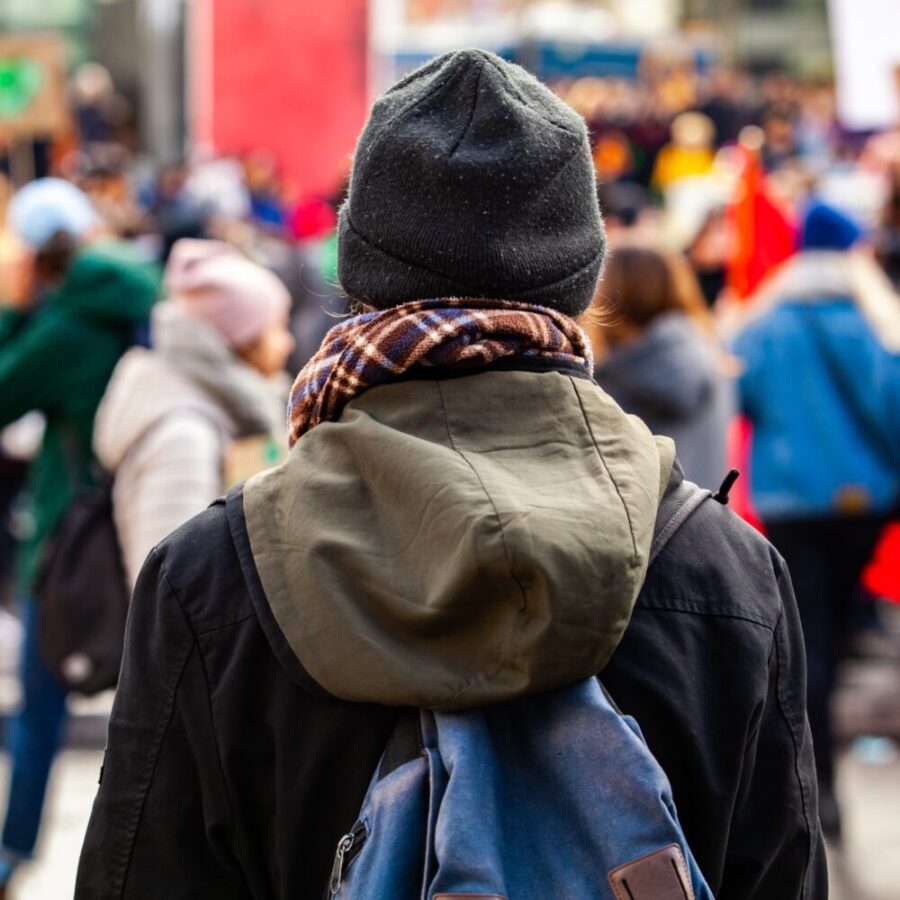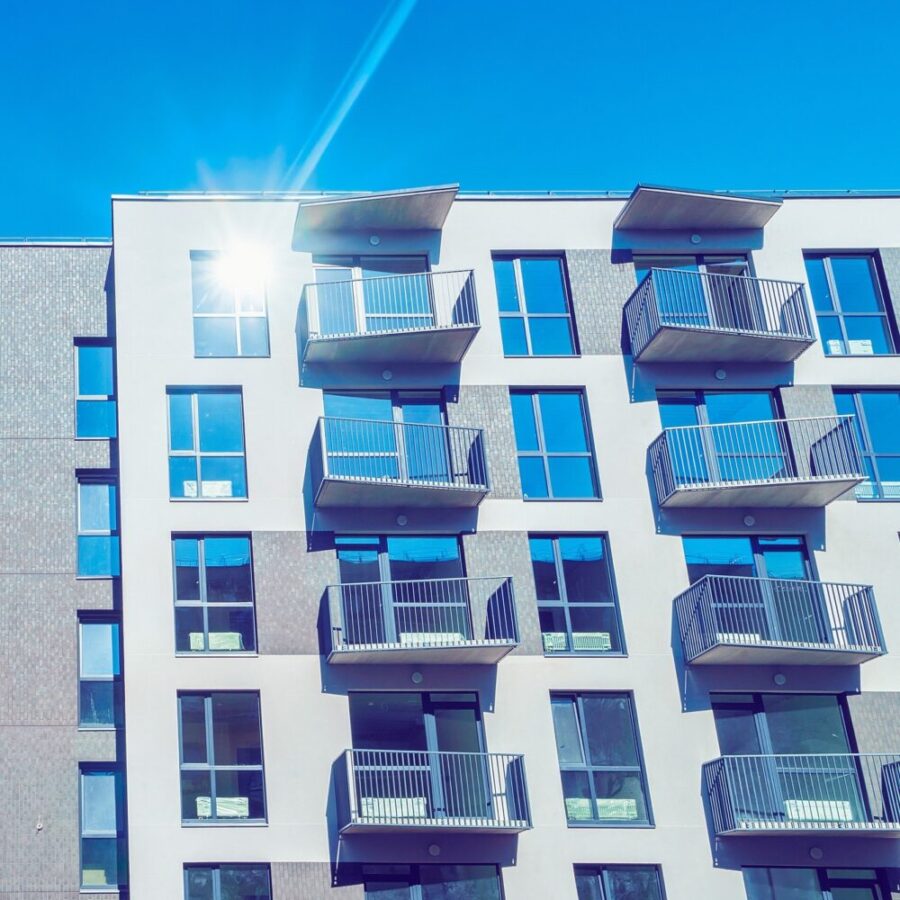12 Facts About Urban Poverty That Challenge Stereotype

123RF
The term “urban poverty” is a phrase that is provocative and attention-grabbing in the United States. Many people who have never known poverty or deny their poverty-stricken roots firmly believe in poverty-centric stereotypes and pseudo-solutions derived from such solutions.
Hawaii state officials once considered giving the homeless one-way tickets to the continental United States if they promised never to return. Some American politicians have actually suggested that low-income families and the poor should be denied access to health care as an incentive to improve their lives.
About 33% of the wealthy are born into wealth and lauded for it. 11% of Americans, or 38 million people live in poverty or are being born into it, knowing nothing else, and are blamed for it. Here are 12 stereotypes about urban poverty followed by 12 counterpoint reality-based facts.
1. The Poor Are to Blame For Their Own Problems

123RF
The Great Migration of the early 20th century, short-sighted government policies that congregated low-income families in city centers with minimal follow-up financial governance, redlining, stagnant social services, unequal legal systems, and other factors helped to create and augment the urban poverty crisis. While one-percenters are lauded and envied for being born rich, those born in poverty via a long-existing and unfair social system rigged against them are blamed for and told to figure out their own solutions.
2. Urban Poverty Dwellers Rejoice in Being Uneducated

123RF
The typical starting salary of a public school teacher in large metropolitan cities ranges from $46,000 to $64,000 in the low to median range, depending on skills and certifications. American public schools are underfunded, minimally supported, and constantly suffer from teaching shortages. People living in urban poverty centers don’t rejoice in the dysfunctional education systems they were born into, they make the best of the system as it exists.
The celebrity college admission scandal of 2019 showed that the rich can manipulate the education system to benefit their over-privileged and unmotivated children in ways that underprivileged and motivated working-class and poor students can’t.
3. There is Only So Much The Government Can Do to Counteract Urban Poverty

123RF
Over 30 million American public school students can’t afford school lunches and accrue debt before being cut off. Almost 69% of public schools have outstanding school lunch debts with the average bill being $180. Federal funding for public schools was cut or decreased from 2006 to 2017, a trend that enables generational cycles of urban poverty.
The government can’t solve every problem. Still, one cannot blame urban poverty exclusively on the poor while ignoring the reality of decades-long austerity policies that adversely affect public schools and the quality of life in urban centers.
4. All Poor People are Financially Illiterate and Create Self-Sabotaging Generational Debts

123RF
The typical American salary ranges between $31,000 to $64,000 annually. Those numbers are deceptive when accounting for working families, inflation, debt, household expenses, healthcare and transportation costs, and more. The average hourly minimum wage in the United States is $7.25, but notably higher in several extremely high cost-of-living states. These facts don’t even take into account living wages.
Just because you make $64,000 does not mean you can live comfortably on such a salary as a living wage. Two working parents in New York City need to make $46.57 per hour, or $97,000 each, to comfortably care for three children. Two parents on the poverty line in the same circumstances must make at least $9 per hour. The high cost of living now affects the middle class and rich in ways that are perpetual issues in urban poverty centers.
5. Poor People Purposely Strive to Live Where They Can’t Afford

123RF
The average rent price in the United States ranges anywhere between $1,500 to almost $2,000. The most expensive states to rent are California and New York, where upscale rent prices start at $3,000. High-wage earners have been leaving California and New York for years to find cheaper places to rent, but even medium-sized and smaller midwest and southern cities now have 4-digit rent prices.
It is the height of folly to believe that only the poverty-stricken are dealing with the ever-rising high cost of living issues or purposely moving to places where they can’t afford to live.
6. Low-Income Families Love Low-Nutrional and Fast Food

123RF
Low-income families who live in urban poverty centers can only contend with food options available to them. All of America’s largest cities and smallest towns feature food deserts, areas where residents have to travel half a mile or greater to buy food. Most available food is low in nutrition, cheap fast food. This issue also afflicts middle-class households prone to ordering delivery often.
Healthy food is usually hard to access easily in food deserts as well. Low-income families can’t even rely on cheap fast food anymore. Due to inflation and other factors, a large Big Mac meal in some high-cost-of-living states can cost as much as $18.
7. The Poor Have Themselves to Blame For Their Bad Health

123RF
The medical industry in the United States is profit-themed and not focused on providing care to those in the most need. It is unreasonable to blame the poor and middle class for not being able to afford or gain access to quality healthcare relative to the middle class. Over 57% of American workers get healthcare via employment.
One-sixth of American workers stay at jobs they hate long-term just for the healthcare plans. If attaining healthcare is too expensive and a bureaucratic nightmare for those with more money and resources, how can those in urban poverty centers be blamed for their plight?
8. High Crime Areas Are Only Found in Urban Poverty Centers

123RF
There have been research studies conducted that prove that rich people are more likely to steal, cheat, and break the law because of their wealth, status, privilege, and presumption that consequences will be lenient even if they pay any. Violent crime occurs in every strata of American society, not just in urban poverty centers.
School shootings, spree shootings, and serial killings are more likely to occur in suburban and small-town settings than in urban poverty centers, even though the idea of crime only existing in urban centers is an indelible stereotype that always persists.
9. Non-Initiative at the Individual Level is Why Poverty Exists

123RF
One of the most pervasive stereotypes about poor people is that they are lazy and unwilling to pull themselves up by their own bootstraps. About 31% of millionaires and billionaires inherited their wealth, which is a great statistic. That statistic ignores that 69% may have leveraged loans, personal relationships, and resources to create their wealth, which their heirs may inherit as generational wealth later.
The point is that it is easier to assume the initiative and work ethics of others when you are outside the bubble. Continued poverty is a governmental policy failure, not an individual failure. Over 44% of all jobs in the United States are low-wage jobs.
10. Poverty Only Happens to Certain Kinds of People

123RF
Another cemented cultural stereotype about urban poverty is that only certain types of people ever experience poverty. While many people are born into poverty through no fault of their own, just as many fall into poverty through job loss, homelessness, loss of social status, and other factors. Over 60% of Americans between the ages of 20 and 75 will experience 12 months or more of poverty at least once in their lifetimes, regardless of status or background.
11. Most of the Poor in the United States Live in Urban Centers

123RF
The biggest and most false stereotype about urban poverty centers is the idea that the majority of America’s poor reside there. This stereotype, while well-ingrained in the American psyche, has just never been true. Anywhere between 10% and 15% of Americans living below the poverty line live in urban centers. 90% to 85% of America’s poverty-stricken citizens live in rural and small towns, the suburbs, and every residential strata of America.
12. Only The Poor Have Emotional and Substance Abuse Issues

123RF
It is an unfair, self-serving criticism to assume that only those living in urban poverty centers have substance abuse and mental health issues. About 17% of Americans, or 47 million Americans, have struggled with a serious substance abuse problem within the last 12 months.
Government statistics suggest that about 58 million Americans, or one out of every five Americans struggle with mental illness. A large socio-economic swath of Americans struggle with both issues simultaneously. Stereotypically believing that such issues only exist in urban poverty zones can make some groups feel better without honestly reflecting on the gravity of such issues.
Urban Poverty Zones Are a Reflection of Society’s Ills, Not Its Source

123RF
Poverty won’t be solved in the United States or the rest of the world by blaming those afflicted by it and assuming it is up to them to solve it on their own. Systemic and generational poverty is a failure of federal actions, not something that should used to affirm stereotypes.
Read More
Don’t Buy These 13 Items From Trader Joe’s
You Buy Counterfeit Foods All the Time: 8 Fake Foods You Love To Eat

Allen Francis is a full-time writer, prolific comic book investor and author of The Casual’s Guide: Why You Should Get Into Comic Book Investing. Allen holds a BA degree from Marymount Manhattan College. Before becoming a writer Allen was an academic advisor, librarian, and college adjunct for many years. Allen is an advocate of best personal financial practices including saving and investing in your own small business.

